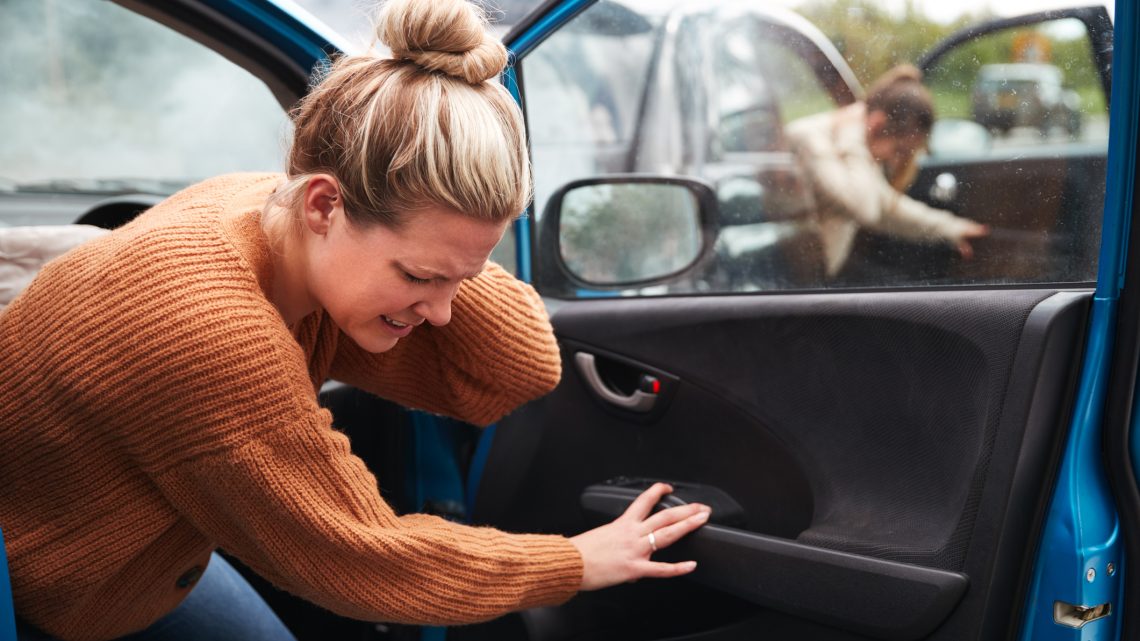Did you know seat belt use reduces the risks of death by 45%? And 50% of serious injuries for front-seat passengers? With the surge in traffic accidents happening every day, it is surprising some people still choose not to wear seat belts inside cars. Wearing a seat belt is not only one of the easiest choices you can make as a driver or passenger, but also one of the safest choices. When you buckle up, you already lower your risk of injuries in an unforeseeable accident. Luckily, most states in the U.S. have laws in place that require drivers and passengers to wear one when in an operating vehicle. A study was conducted by a group of personal injury lawyers in Milwaukee, Wisconsin at Cannon and Dunphy, S.C. to analyze whether or not seat belt use really does impact fatal crash rates.
Study
The seat belt use and fatal crash rate study looked at data from 2017 and 2018 by the NHTSA to analyze if there is a trend with seat belt usage and car accident fatalities. Seat belt usage plays a heavy factor in state laws. Seat belt laws change rapidly and determining on which state you reside in, will determine the specific seat belt requirements. States in the U.S. either follow a Primary, Secondary, or neither seat belt law.
Primary and Secondary Laws
States that have a primary seat belt law means that law enforcement can pull you over and ticket you for specifically NOT wearing a seatbelt. States that have a secondary seat belt law means that law enforcement can pull you over for a separate traffic violation, and then can ticket you for also not wearing a seatbelt, which would be an additional fine. The interactive map visually displays the states following primary and secondary laws. New Hampshire is currently the only state that has no seat belt law.
Based on the map, you can see that a majority of states follow the Primary enforcement law (labeled in red). There are exactly 35 states (Washington D.C. included) that have a Primary law, while the remaining 15 states follow a secondary enforcement law.
Results
So, what does this mean? Do state seat belt laws affect the increase in seat belt usage? Does seat belt usage affect the impact of fatal accidents? Yes, seat belts laws directly correlate to seat belt usage. Secondly, seatbelt use DOES affect fatal crashes. After analyzing the data, it was discovered that:
- States that have over 90% observed seatbelt usage had 15% lower fatal crash rates than those with smaller rates of seatbelt use
- Higher rates of seat belt use reduce the rate of fatal car accidents
Always Wear Your Seat Belt
There is no question that wearing a seat belt is the easiest choice you can make when getting into a vehicle. Regardless if the law requires you to buckle up, you should always choose to because it provides safety for all passengers, prevents you to eject, and has proven to reduce the risk of serious injuries and fatalities.





No Comment